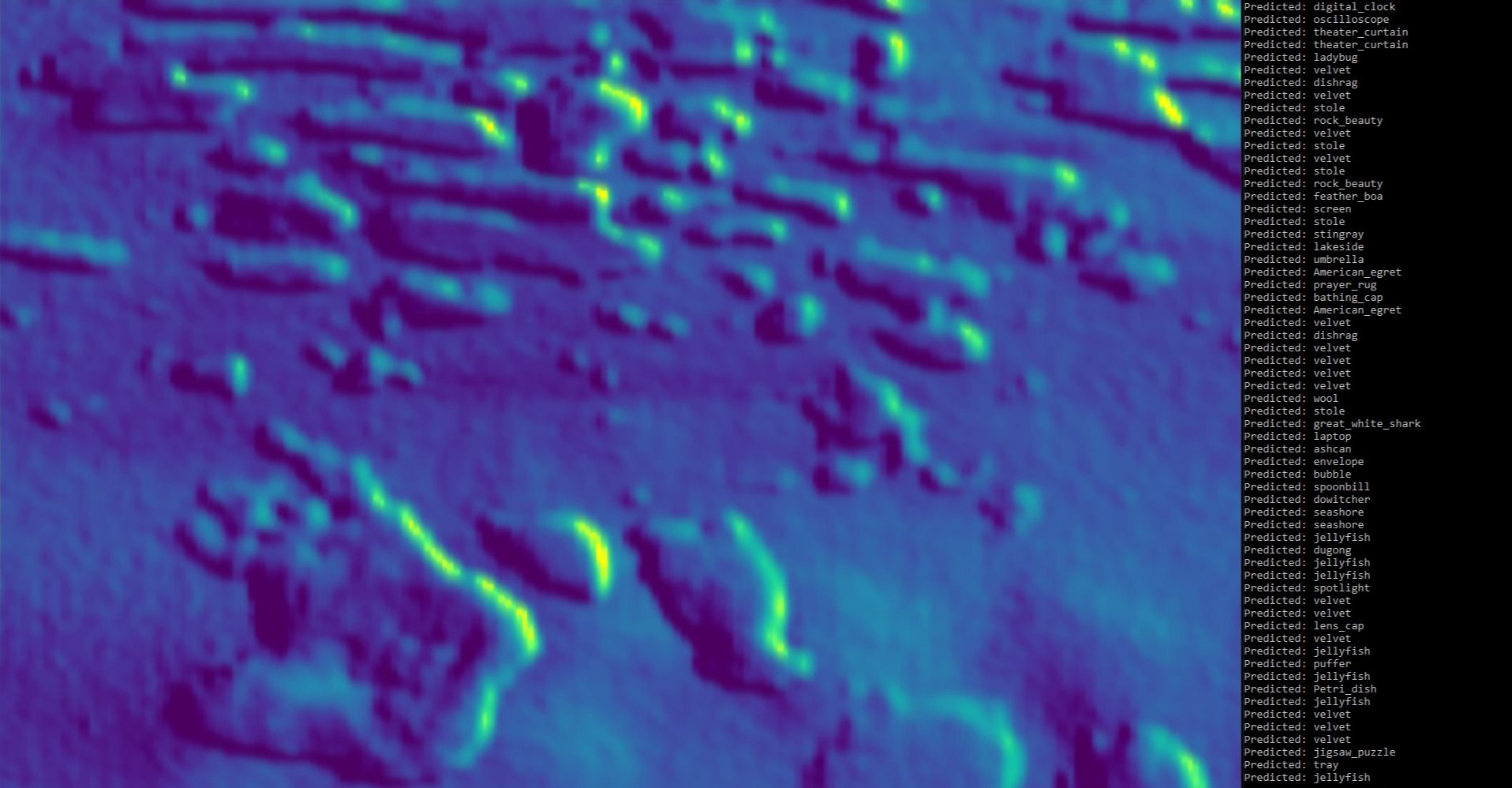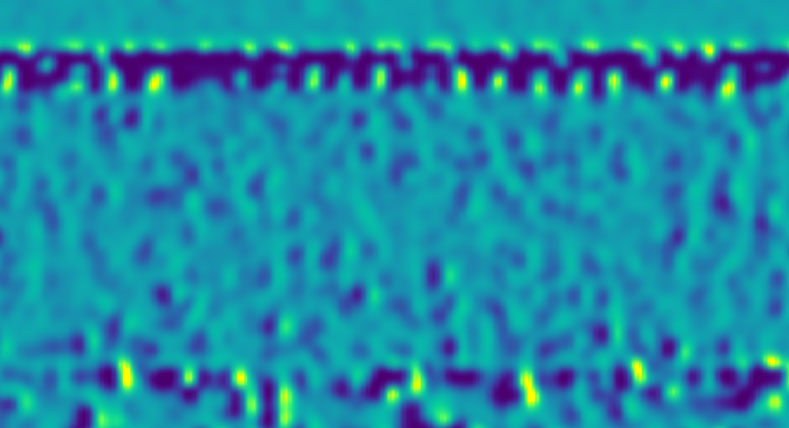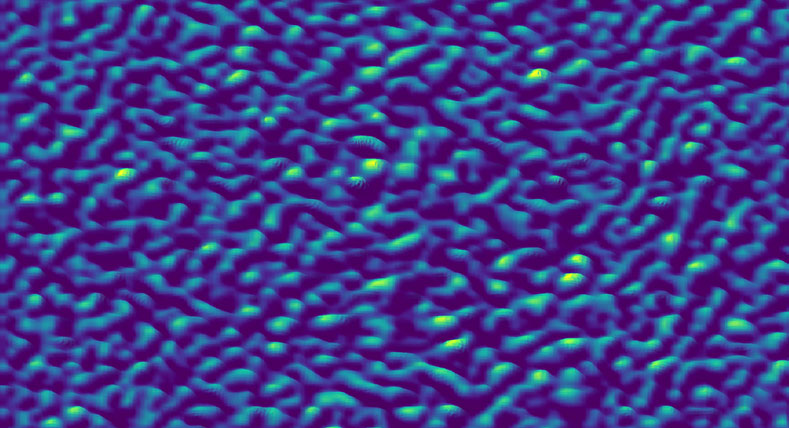AI shapes how we perceive the world, make decisions and solve problems through a filtered version of reality. This reality is created by reducing everything into calculatable numeric data and finding and interpreting patterns in them to mimic perception-based intelligence and arrive at conclusions and solutions.
Bernard Stiegler in “Automatic Society” argued that the automatic calculability involves a delegation of the analytical function of the understanding to an automatic retentional system that leads to a hypertrophy of the understanding and to a regression of reason in the Kantian sense – as the faculty of deciding, operating through a synthesis that is also called judgement.
This domination proves to be utterly homogeneous with neoliberalism. This system takes hold of everything by calculating them, and in doing so, it dissolves them through feedback loops.
 "In Search For Understanding" consists of a convolutional neural network and a video camera that scans the AI model’s output from an LCD screen. The model constantly searches for patterns and objects in the camera feed to make predictions. As the result, the previous abstractions and extracted features that are hidden inside the convolutional layers of its neurons are being fed back to the model for another prediction. The system creates a recursive feedback loop between the perception and computation components of the model which affects its decisions. The process forces the model to get back to itself for re-evaluation.
"In Search For Understanding" consists of a convolutional neural network and a video camera that scans the AI model’s output from an LCD screen. The model constantly searches for patterns and objects in the camera feed to make predictions. As the result, the previous abstractions and extracted features that are hidden inside the convolutional layers of its neurons are being fed back to the model for another prediction. The system creates a recursive feedback loop between the perception and computation components of the model which affects its decisions. The process forces the model to get back to itself for re-evaluation.
By displaying and sonifying the extracted features and printing the model's predictions side by side, the project aims to metaphorically explore the temporal and gradual process of understanding and how human perception and experience of the world are different from the recognition algorithms. While the AI object recognition system recognizes patterns and makes predictions, the whole process may create different subjective meanings for the visitors.


"In Search For Understanding" is an experimental audiovisual installation that unfolds over time. While looking for an aesthetic in an AI process's spontaneous and unpredictable nature, it reveals the differences between the AI model's perception of a situation and the visitor's. This process may evoke different subjective meanings that are not only based on cognition but also on the viewer's judgment, which is formed based on many factors such as life experience, cultural background, etc.